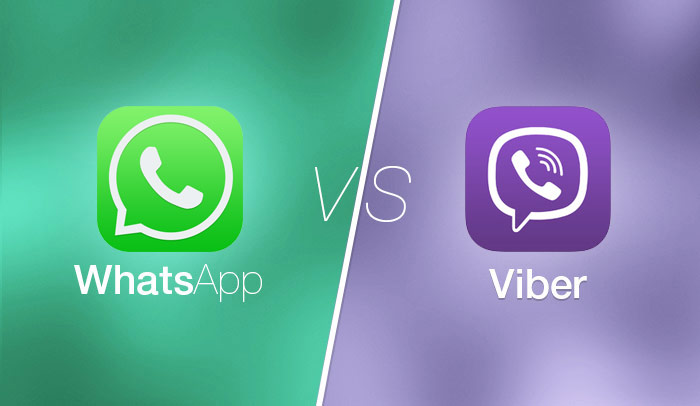

This means that there are many alternative apps to perform a given task, so users are supposed to choose the best app, motivated by several facts like ease of use, low learnability curve, or low time consumption. By the end of December 2017, there were reported 3,500,000 apps in Google Play. As of January 2017, there were 2,200,000 apps in the Apple App Store. In July 2015, the available apps increased up to 1,600,000 in Google Play and up to 1,500,000 in the Apple App Store. The Apple App Store reported an increase of more than 400,000 available apps between 2009 and early 2012, while Google Play reported that there were more than 700,000 available apps on late 2012. The number of devices and available mobile applications (apps) seem to have been growing exponentially and simultaneously in recent years. Back in 2012, there were around 640 million of mobile devices, whereas, by the end of 2017, there were reported 2,890 million worldwide smartphones. This is also supported by the high number of active devices operating throughout the last years. Mobile devices are considered as a valuable resource in our daily lives, or even essential, since they are the most used electronic tool. Finally, based on the results, we propose a set of recommendations that will be helpful for developers of this kind of applications. Also, the results suggest that the main problems of this type of applications are difficulties in performing tasks (some of them were not agile nor easy to complete), lack of element cohesion (some icons and buttons did not follow the style of the operating system, bad translations, and too much information on the screen), problems with the user interface (pop-ups overlapping the status bar, clipped elements, sometimes the interface did not rotate, and, in other cases, the interface changed considerably when the device was rotated), and lack of information about privacy and security features. Consequently, two methods were used: the keystroke level model and the mobile heuristic evaluation.

A predefined evaluation was used, which was created to detect the main usability issues of mobile applications, regardless of the device used and the evaluated applications.

To this end, this paper presents a methodical usability evaluation of instant messaging applications both in iOS and Android platforms. With the rise of mobile devices and the high number of instant messaging applications available in the stores, it is necessary to evaluate the usability of such applications to provide a more satisfying user experience.


 0 kommentar(er)
0 kommentar(er)
